FACIAL INJURY
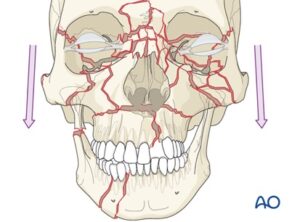


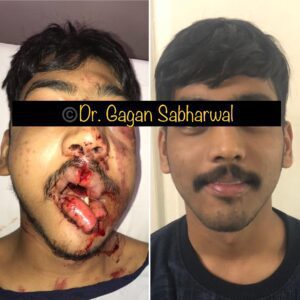
Facial Injury
Facial or Maxillofacial injuries, also referred to as facial trauma, encompass any injury to the mouth, face and jaw.
Most maxillofacial injuries are caused by a, motor vehicle accident, on-the-job accident, fall, sports mishap, act of violence or an accident in the home.
One of the most common types of serious injury to the face occurs when bones are broken. Fractures can involve the lower jaw, upper jaw, nose, palate, cheekbones, eye sockets and combinations of these bones. These injuries can affect sight and the ability to breathe, speak, eat and swallow. Treatment often is reduction and fixation of the fractures with mini plates and screws and it requires hospitalization.
Lower Jaw
A lower jaw (mandibular) injury can result from accidents, sports trauma, or falls, leading to fractures, misalignment, and difficulty in speaking or chewing.
Immediate diagnosis and treatment are crucial to restore function and prevent complications.
Symptoms of Lower Jaw Injury:
- Jaw Pain & Swelling – Discomfort and visible swelling around the jaw.
- Difficulty Chewing & Speaking – Misalignment can affect oral functions.
- Limited Jaw Movement – Stiffness or inability to fully open or close the mouth.
- Facial Deformity – Visible asymmetry or changes in jaw position.

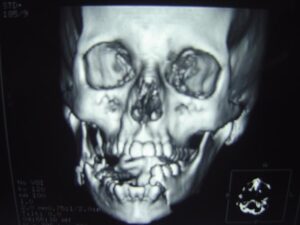

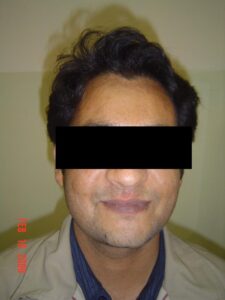
Treatment may involve realignment, fixation with plates and screws, or surgery for severe cases, ensuring proper healing and function restoration.
They are the best way to replace missing teeth, replacing the old concept of dental bridges which damages the adjacent teeth to replace a tooth or teeth.z
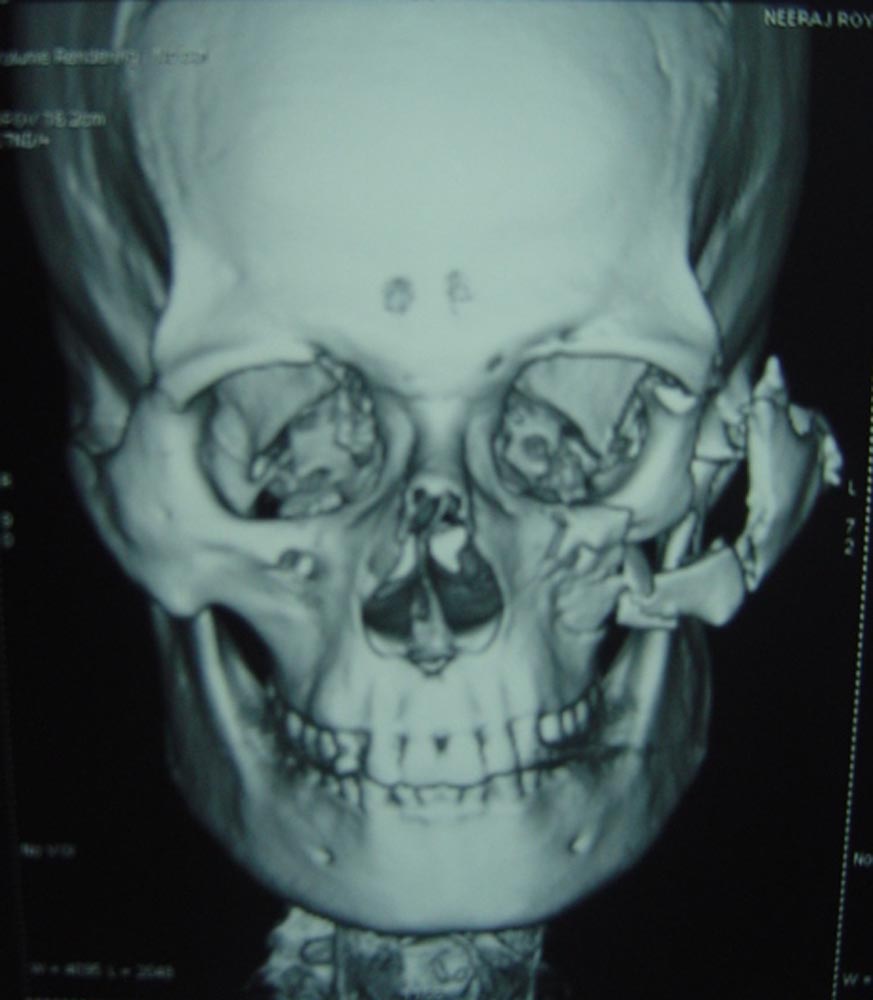

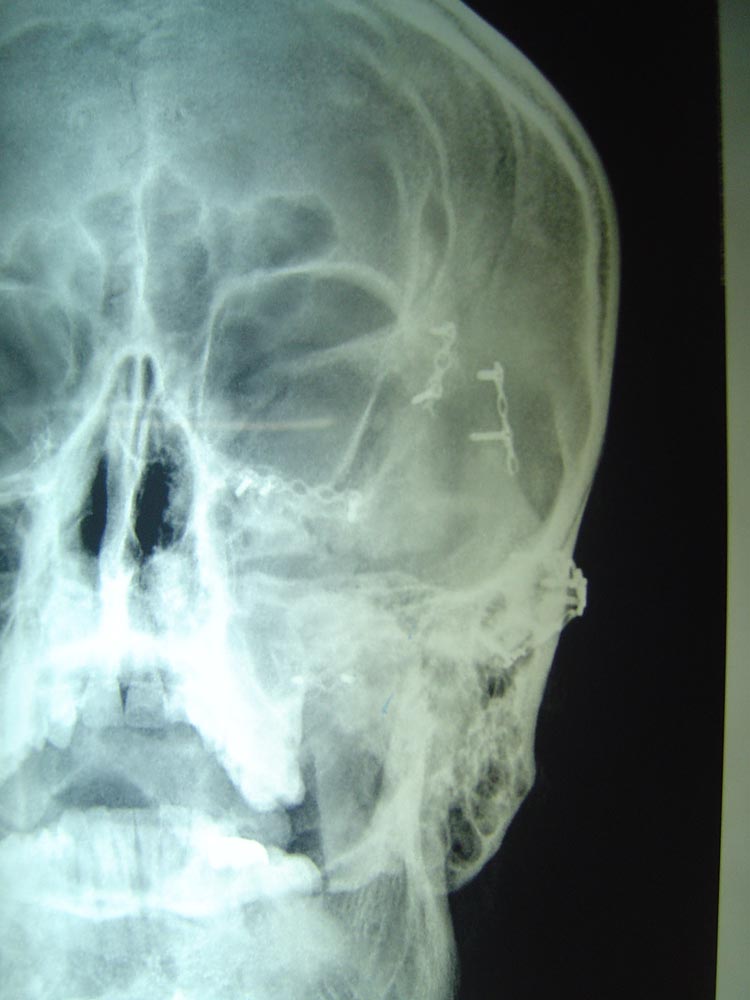
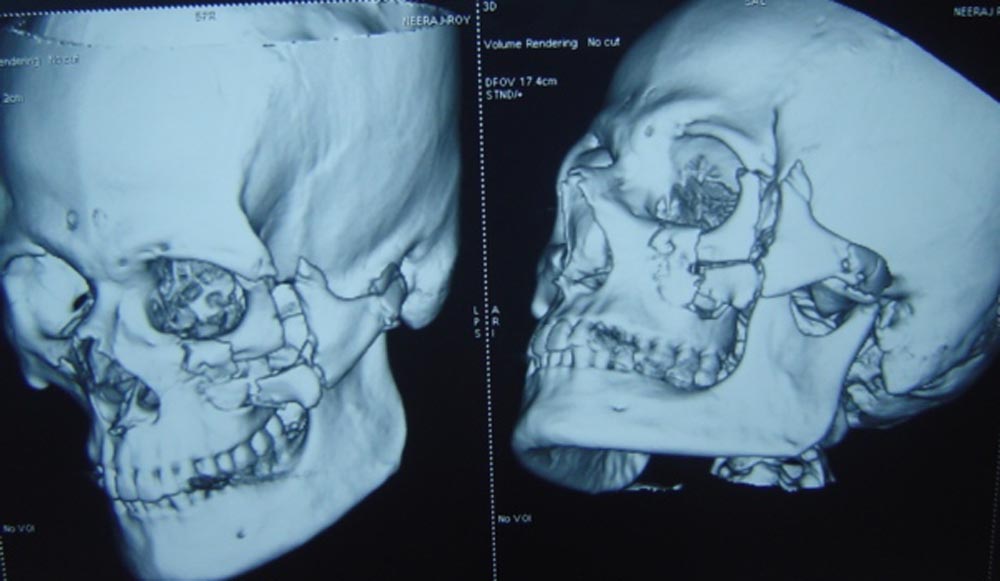
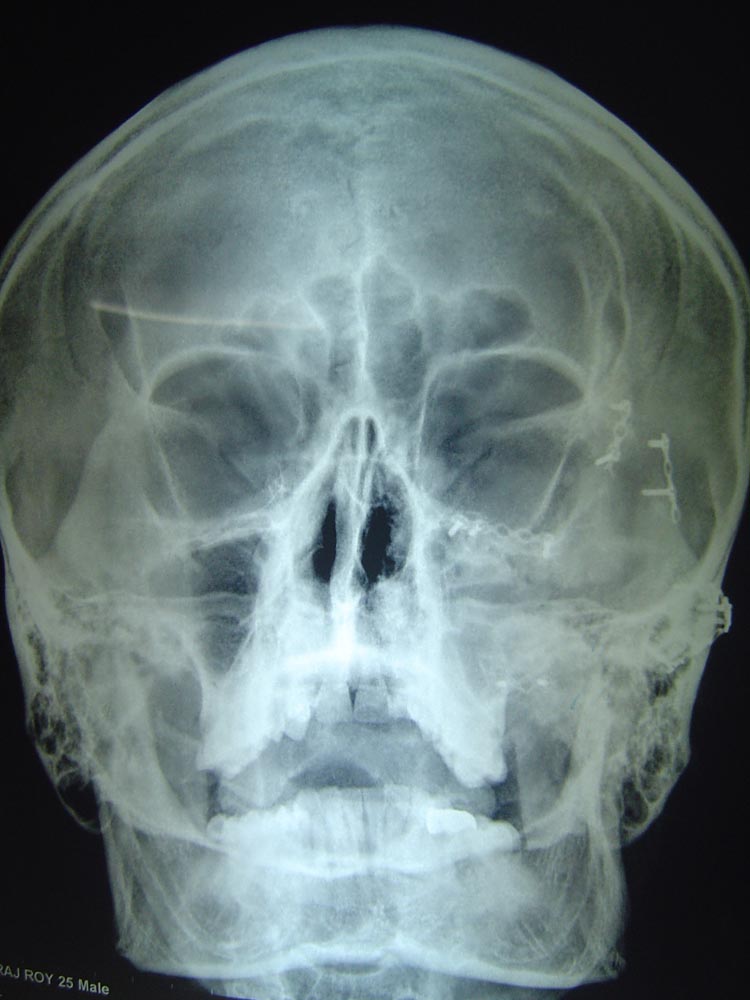
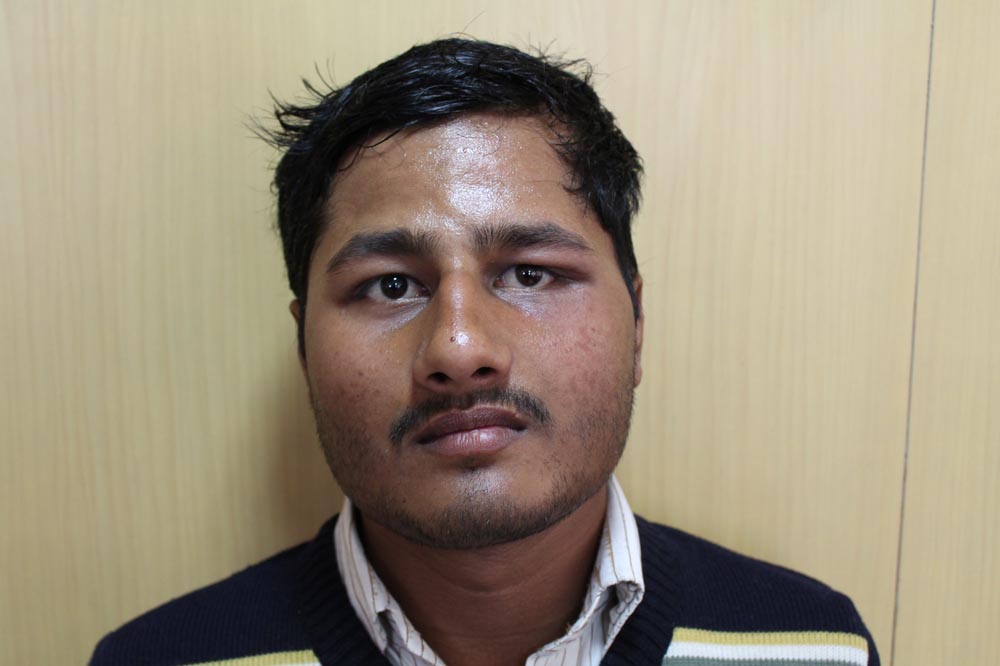
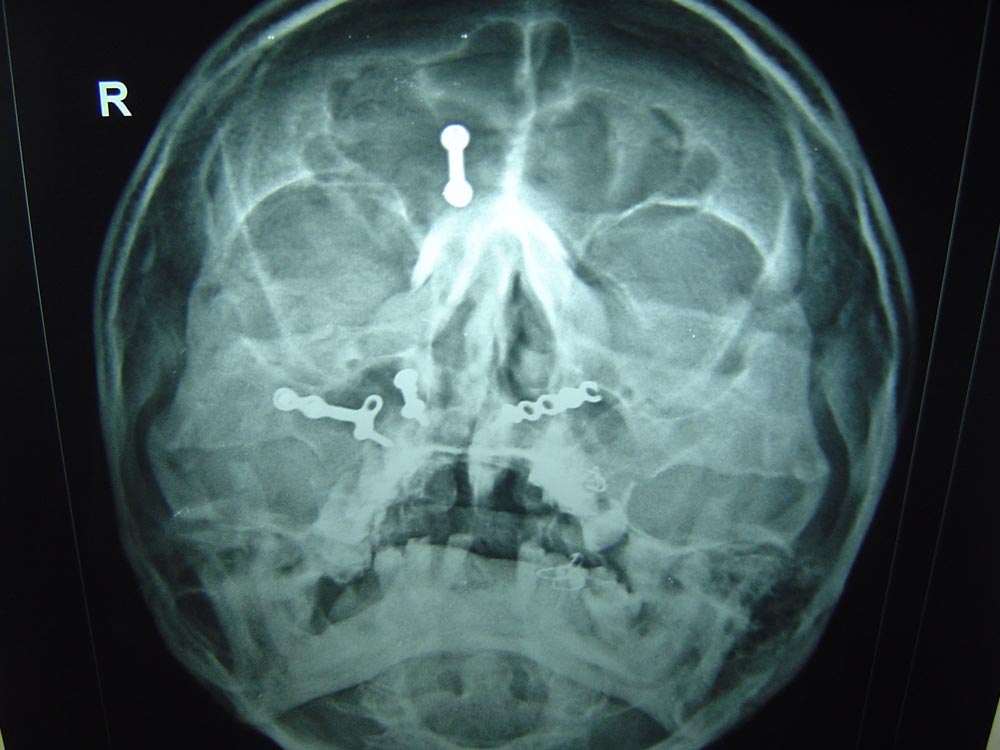

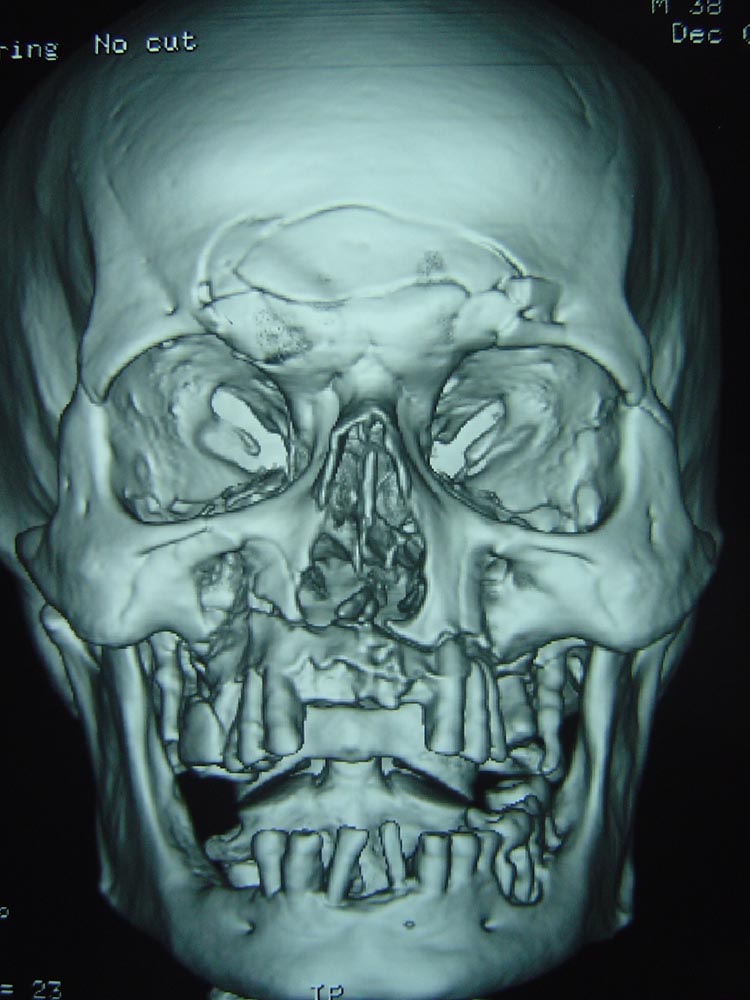

Mid Face
Mid-face injuries, involving the cheekbones, nose, and upper jaw, are often caused by trauma from accidents, sports, or violence.
These injuries can lead to fractures, difficulty breathing, and facial deformities, requiring prompt treatment to restore appearance and function.
Symptoms of Mid-Face Injury:
- Pain & Swelling – Tenderness and visible swelling in the cheek and nose areas.
- Breathing Difficulty – Blocked or impaired nasal passages.
- Facial Deformities – Misalignment of the nose, cheeks, or upper jaw.
- Loss of Teeth or Bite Misalignment – Damage to the upper jaw and surrounding structures.
Treatment typically involves realigning and stabilizing the bones with surgical fixation to restore facial symmetry, breathing, and dental function.
Orbit fracture
Orbit fractures involve the bones surrounding the eye socket, often caused by blunt trauma from accidents, sports, or physical altercations.
These fractures can affect vision, eye movement, and facial appearance, requiring prompt medical attention for proper treatment.
Symptoms of Orbit Fracture:
- Pain & Swelling – Tenderness and bruising around the eye area.
- Limited Eye Movement – Difficulty moving the eye in certain directions.
- Double Vision – Blurred or double vision due to muscle or nerve damage.
- Visible Deformities – Changes in the shape of the eye socket or eyelid.



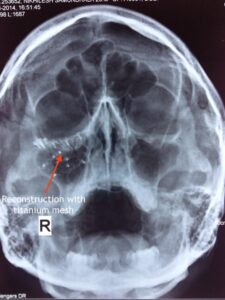
Treatment often involves surgical repair to realign the bone fragments and restore eye function, minimizing the risk of long-term complications.


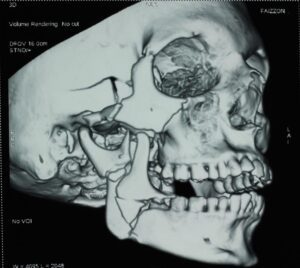
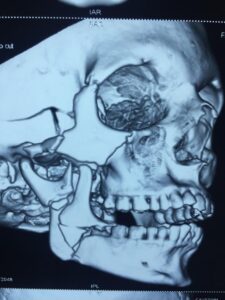


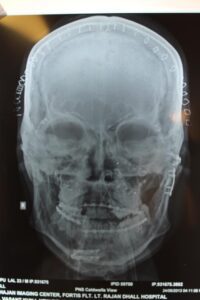
Pan Facial
Pan facial injuries involve fractures across multiple areas of the face, including the forehead, cheeks, jaw, nose, and eye sockets.
These injuries typically result from severe trauma, such as car accidents or physical violence, and require immediate, complex treatment to restore both function and appearance.
Symptoms of Pan Facial Injury:
- Severe Facial Deformities – Extensive swelling and misalignment of facial features.
- Difficulty Breathing & Speaking – Damage to the nose, jaw, and mouth may impact speech and airflow.
- Vision & Eye Issues – Injuries to the eye sockets can affect vision and eye movement.
- Intense Pain & Swelling – Widespread pain and swelling throughout the face.
Treatment often involves multiple surgical procedures to repair the fractures, realign the facial bones, and restore function. Early intervention is crucial for minimizing complications and ensuring the best possible outcome.
Condylar Fracture
A condylar fracture occurs when the condyle, the rounded end of the jawbone that connects to the skull, is broken.
This type of injury is commonly caused by trauma such as accidents, falls, or sports injuries. Condylar fractures can disrupt jaw function, leading to difficulty chewing, speaking, or even breathing.
Symptoms of Condylar Fracture:
- Jaw Pain & Swelling – Discomfort around the jaw joint with noticeable swelling.
- Limited Jaw Movement – Difficulty in opening or closing the mouth.
- Misalignment – A shift in the position of the teeth or a visible facial deformity.
- Clicking or Popping Sounds – Unusual noises from the jaw joint when moving.
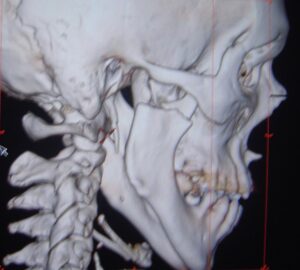
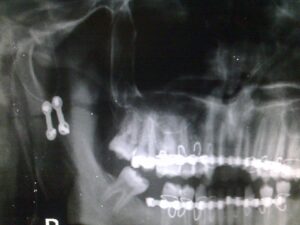
Treatment may involve realignment of the bone and fixation using plates, screws, or wires. In more severe cases, surgical intervention may be needed to restore normal jaw function and prevent long-term complications.
Dr. Gagan Sabharwal's clinic: Delhi
011-45033566
Fakeeh University Hospital, Dubai
+971-44144444
Jumeirah Clinic, Dubai
+1-80037569
